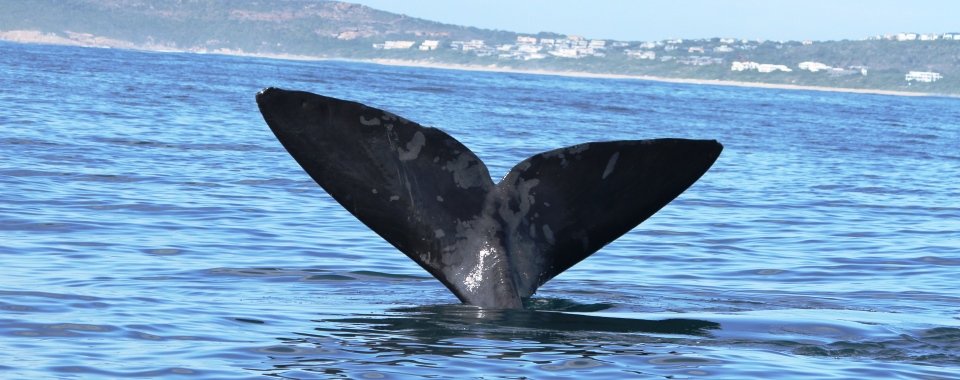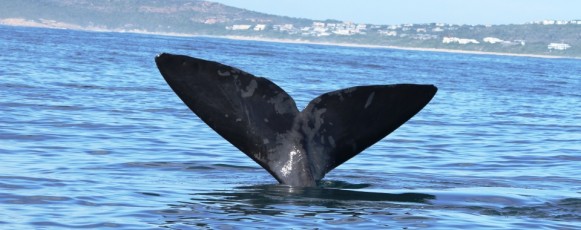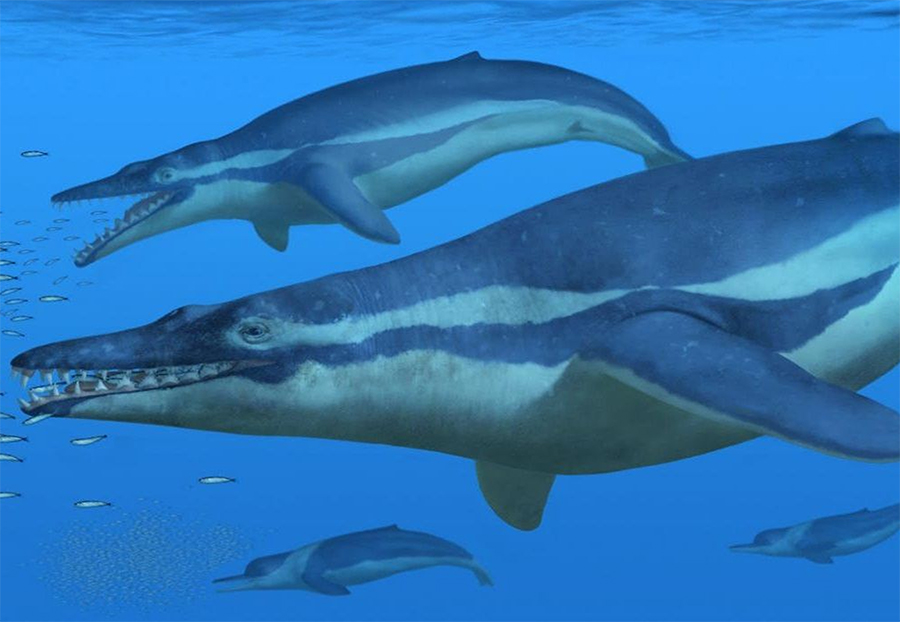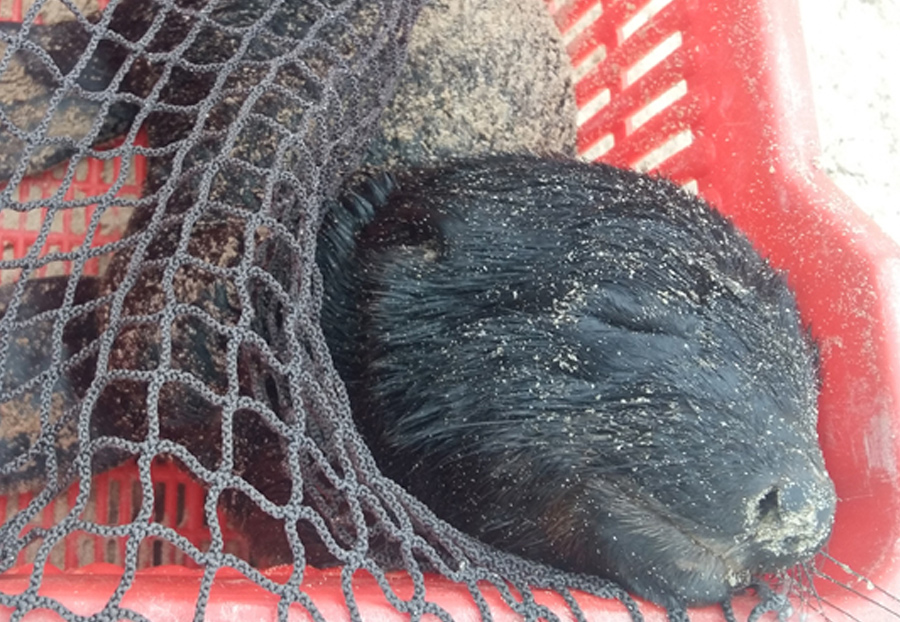South African Right Whales and threat to the population
Southern Right Whales have been well studied in Argentina, Australia and South Africa. When the Southern Right Whales arrive along the South African coast line they gather in shallow, calm, sandy bays to give birth and mate. The main concentration areas are in St Sebastian Bay, De Hoop, and Walker Bay, but they are seen from St Helena Bay on the west coast to Algoa Bay on the East coast. In 2014 the South African Southern Right Whale population was estimated at 5,000-6,000 individuals.
In 2001 tags were attached to 21 Southern Right Whales to track their southerly migration. Some of the whales aggregated in the St Helena Bay for a period of time (when they should have migrated to Antarctic). The reason they did this was most likely to feed on the food source created by a large up-welling plume giving the area the highest levels of zooplankton on South Africa’s west coast. This area has had Southern Right Whales present during summer and spring more than autumn and winter and it seems like they don’t migrate to the Antarctic for feeding. This is supported by old whaling records where the highest catches from the area were in summer and autumn. This area is a potentially important feeding ground for the southern African Right whale population and giving people a chance to see them all year round in South African waters. The distance that most African southern Right Whales swim is 5131km from the Antarctic to the South African coastline. In Plettenberg Bay Southern Right Whales normally arrive in mid-July and stay until mid-September.
Right whales were heavily reduced in numbers in both hemispheres during the whaling era. They were given the name Right whale because they were the right whales to hunt since they are slow swimmers and float when killed due to their high blubber content. The first whalers depleted the northern hemisphere stock before shifting to the southern hemisphere. The whaling of Southern Right Whales started in the early 17th century, but exploded in 18th and 19th centuries, mainly by Americans and Europeans. They were completely protected in 1935, by then only 1% of their original population size remained (approximately 300 individuals). In Plettenberg Bay the whaling only lasted for 10 years. Since the end of commercial whaling in 1935, the populations of southern right whales have increased steadily and the species is now classified by the International Union for the Conservation of Nature (IUCN) as least concern. Some populations like the Chile/Peru populations are listed separately, but all others are increasing by about 7% per year. The most well studied populations (Argentina/Brazil, South Africa and Australia) show evidence of strong recovery with a doubling in numbers every 10-12 years (making the population around 15,000 animals).
Like most whale species the main threat to Southern Right Whales is human activities and getting entangled in marine pollution. Southern Right Whales can be found logging (laying on the ocean surface) which increases the possibility of vessels colliding with them. Another possible problem for Southern Right Whales is global warming which is warming up the Antarctic waters and possibly decreasing the amount of food available to many species of whales.
References
– http://www.iucnredlist.org/details/8153/0
– Mate B.R. Best P.B. Lagerquist B.A. Winsor M.H. 2011 Coastal, offshore and migratory movements of South African right whales revealed by satellite telemetry Marine mammals Science v.27 I.3 P.244-476
– Hofmeyr-Juritz L.H. Best P.B. 2011 Acoustic behaviour of southern right whales in relation to numbers of whales present in Walker Bay, South Africa African Journal of Marine Science v.33 p.415-427
– Best P.B. Elwen S.H. 2004 Female southern right whales Eubalaena australis: Are there reproductive benefits associated with their coastal distribution off South Africa? Mar Ecol Prog Ser Vol. 269: 289–295,
– Elwen S.H. Best P.B. 2004 ENVIRONMENTAL FACTORS INFLUENCING THE DISTRIBUTION OF SOUTHERN RIGHT WHALES (EUBALAENA AUSTRALIS) ON THE SOUTH COAST OF SOUTH AFRICA I: BROAD SCALE PATTERNS MARINE MAMMAL SCIENCE, 20(3):567-582
– Whales dolphins and other marine mammals of the world (2006) by Hadoram Shirihai and Brett Jarrett. Prinston field guides 2006
– Smithers’ Mammals of Southern Africa a field Guide by Peter Apps Struik Nature edition 2012
– Jefferson T. Webber M. Pitman R. 2007 Marine mammals of the world: A comprehensive guide to their identification 1st edition
– Best PB 2007. Whales and Dolphins of the Southern African Subregion. Cambridge University Press.





